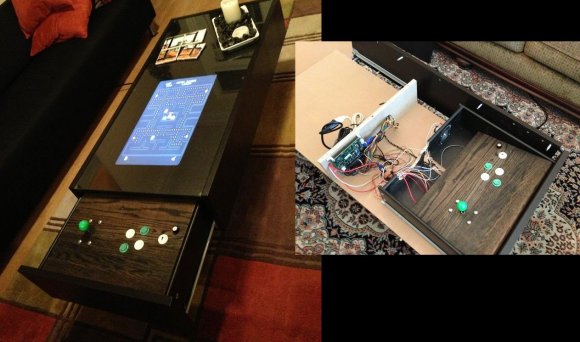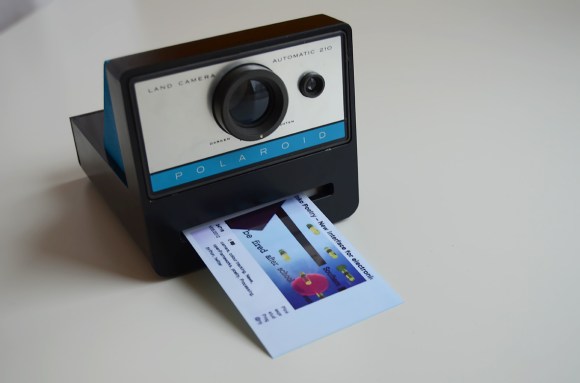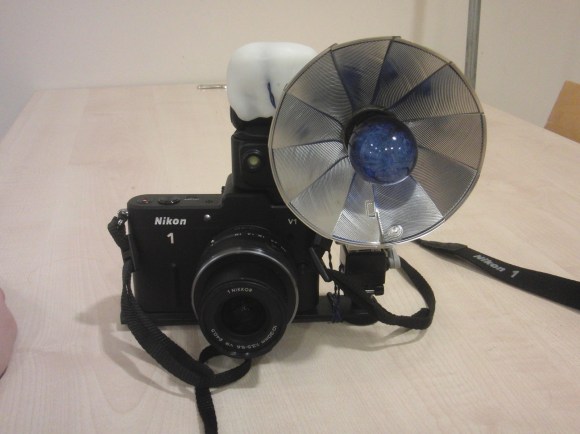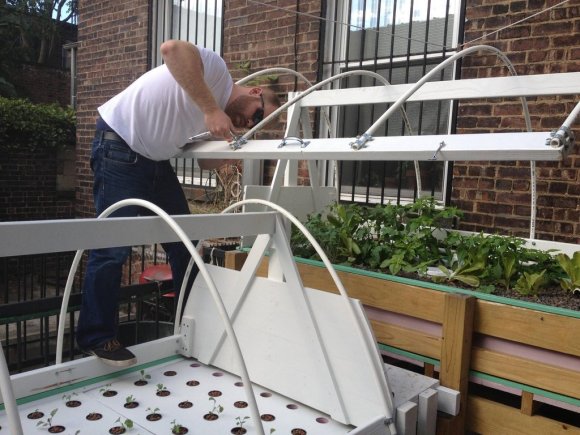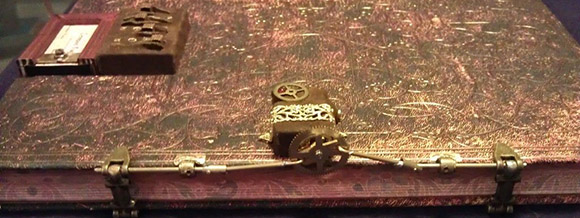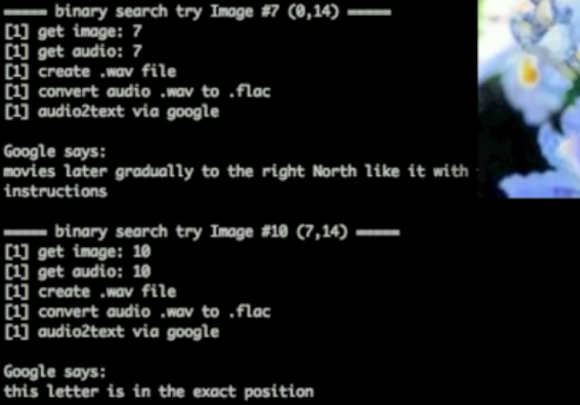
We hadn’t heard of minteye CAPTCHA before, but we’ve seen evidence of a script that can break the system. Minteye combines two things which you probably don’t love about the Internet: advertisements and CAPTCHA. The system uses a slider to distort an advertiser’s image. Once the slider is in just the right spot the image becomes clear and you can click on submit to see if you passed the challenge.
Challenges like this are impossible for the visually impaired, so there is usually an audio option as well. In this case the audio button will instruct you to move the slider to the right, left, or that it’s already in the correct place. [Samuirai] used the text2speech API available in Google Chrome to parse these commands. As you can see above, “movies later” is a misinterpretation of “move the slider”, but he was still able to get enough accuracy to solve the challenge. See the script in action in the video after the break.
Audio challenges have been exploited like this in the past. Check out this talk about beating reCAPTCHA through the audio option.

